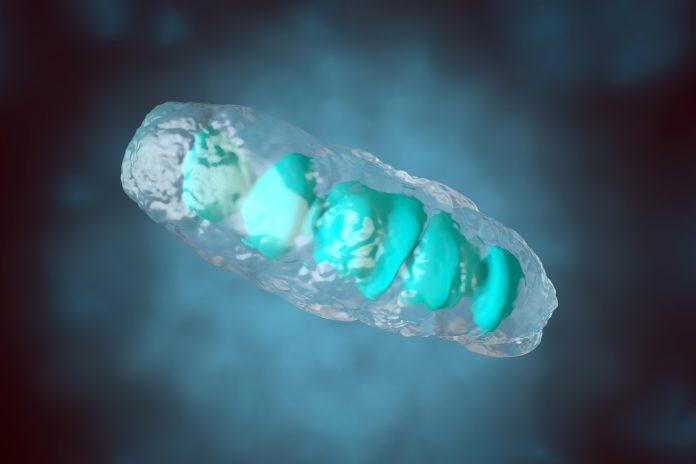
New research from investigators at the Cancer Research UK Scotland Institute and Memorial Sloan Kettering Cancer Center has shown that immunotherapy is two-and-a-half times more effective in tumors that have mitochondrial DNA (mtDNA) mutations.
The researchers made the discovery after creating mutations in parts of the mtDNA, a finding that provides a new pathway to help determine which patients will see the most benefit from immunotherapies.
“Cancer is a disease of our own bodies. Because cancer cells can look similar to healthy cells on the outside, getting our immune systems to recognize and destroy cancer cells is a complicated task, said co-lead author Payam Gammage, PhD, group leader at the Cancer Research UK Scotland Institute and the University of Glasgow. “More than half of cancers have mutations in their mitochondrial DNA. But when we engineered these mutations in the lab, we found that tumors which have the most mutated mitochondrial DNA are far more sensitive to immunotherapy.
This research, published Monday in the journal Nature Cancer, demonstrates for the first time a direct link between mtDNA mutations and a patient’s response to cancer treatments. The team showed that tumors identified with high levels of mtDNA mutations treated with the immunotherapy nivolumab were up to two-and-a-half times more likely to respond to the drug than those with lower levels. Nivolumab is currently approved for treatment in a range of cancer types including melanoma, lung cancer, liver cancer, and bowel cancer.
Based on their findings, the researchers believe that a test could be developed to routinely test for these mtDNA mutations in tumors to better select which patients are good candidates for immunotherapy.
“Mitochondrial DNA has been an enigma for decades. Every cell has thousands of copies and until now it’s been very challenging to engineer mutations consistently to study how mtDNA mutations affect cancer,” said Ed Reznik, co-lead author and assistant attending computational oncologist at Memorial Sloan Kettering Cancer Center. “For the first time, we can see exactly what mitochondrial DNA mutations do when we create them in the lab. But what took us by surprise is how much the cells around the tumor are affected—which we can exploit to make the tumor vulnerable to treatment.”
Patents have been filed for the technology used and developed for this discovery by Cancer Research UK’s innovation division Cancer Research Horizons, which will oversee the commercialization of this technology. The intent is to provide it to researchers who can develop treatments that disrupt the energy sources—including mitochondrial DNA—that cancer uses to flourish and grow.
“Treatments which exploit over-burdened mitochondria in cancer are now possible. Now we need clinical trials to see which combinations work best in patients,” noted Iain Foulkes executive director of research and innovation at Cancer Research UK and CEO of Cancer Research Horizons. “Through our innovation engine Cancer Research Horizons, we’re planning to accelerate this discovery into the clinic and ensure as many patients as possible can benefit.”













